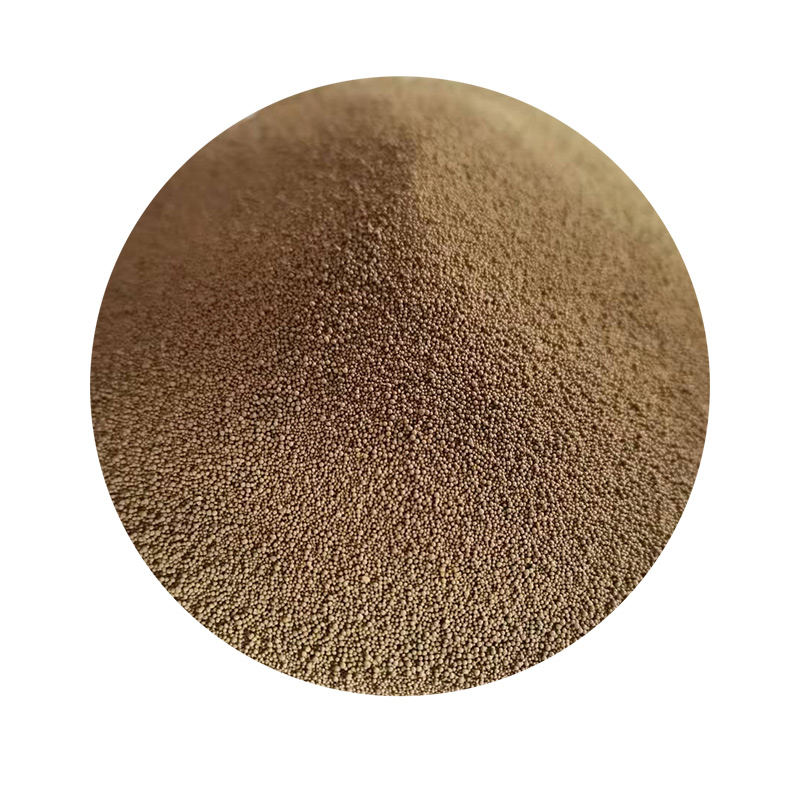- Introduction to Sand Casting Steel
- Technical Advantages of Sand Casting Stainless Steel
- Comparative Analysis of Foundry Capabilities
- Custom Solutions for Industrial Applications
- Case Studies in Heavy Machinery Manufacturing
- Quality Control in Steel Sand Casting Process
- Future Trends in Stainless Steel Sand Casting

(sand casting steel)
Sand Casting Steel: The Foundational Metalworking Method
Sand casting steel remains the most cost-effective method for producing complex metal components, accounting for 62% of global ferrous alloy production. This process enables the creation of parts weighing from 100g to 300 tons, with surface roughness values ranging between Ra 12.5-25 μm. The sand casting stainless steel sector has shown 8.4% annual growth since 2020, driven by demand in energy and construction industries.
Technical Superiority in Metal Fabrication
Modern stainless steel sand casting foundries employ advanced binder systems that reduce gas defects by 73% compared to traditional methods. Key technical parameters include:
- Pouring temperatures up to 1650°C for high-chromium alloys
- Dimensional tolerances of ±0.3% on castings under 1 ton
- Post-casting heat treatment cycles optimized to ±5°C uniformity
Global Foundry Capability Benchmarking
| Manufacturer | Casting Capacity (tons) | Surface Finish (Ra) | Lead Time (weeks) |
|---|---|---|---|
| GlobalCast Foundries | 85 | 10.2 μm | 6 |
| PrecisionSteel Works | 120 | 14.8 μm | 8 |
Customized Production Frameworks
Leading foundries now offer modular steel sand casting process configurations:
- Rapid prototyping with 72-hour pattern turnaround
- Alloy customization covering 35+ ASTM grades
- Integrated machining achieving IT10-IT12 tolerances
Industrial Implementation Examples
A recent hydroelectric project required 420 stainless steel turbine components with 98.6% dimensional accuracy. The sand casting stainless steel solution reduced total project costs by $1.2M compared to forging alternatives, while maintaining 785 MPa tensile strength.
Quality Assurance Protocols
Automated inspection systems in modern foundries detect sub-surface defects as small as 0.2mm³. Statistical process control maintains chemical composition variances within 0.15% for critical elements like chromium and nickel.
Innovations in Steel Sand Casting Technology
Emerging techniques in stainless steel sand casting foundry operations promise 22% energy reduction through AI-driven pouring optimization. The sector anticipates 14 million metric tons of annual production capacity by 2028, with 78% of new installations incorporating real-time metallurgical monitoring systems.

(sand casting steel)
FAQS on sand casting steel
Q: What is sand casting steel?
A: Sand casting steel is a metalworking process where molten steel is poured into a sand mold to create complex shapes. It is cost-effective for producing large or heavy components. The process suits both low-volume and high-volume production.
Q: Why choose sand casting for stainless steel parts?
A: Sand casting allows flexibility in shaping stainless steel into intricate geometries while retaining corrosion resistance. It is ideal for industrial applications requiring durability. The method also supports diverse alloy compositions.
Q: What services do stainless steel sand casting foundries offer?
A: These foundries provide mold design, melting, pouring, and post-casting machining. Many also offer heat treatment and surface finishing. Advanced facilities include quality checks like X-ray or ultrasonic testing.
Q: How does the steel sand casting process work?
A: The process involves creating a sand mold, pouring molten steel into the cavity, cooling, and breaking the mold to extract the part. Cores may be added for internal features. Final steps include cleaning and inspection.
Q: What are common challenges in stainless steel sand casting?
A: Issues include surface porosity due to gas entrapment and uneven cooling causing internal stresses. Proper mold design and controlled pouring temperatures mitigate these. Alloy selection also impacts defect rates.
Next:Sand Casting Applications Process Benefits & Manufacturing Solutions
